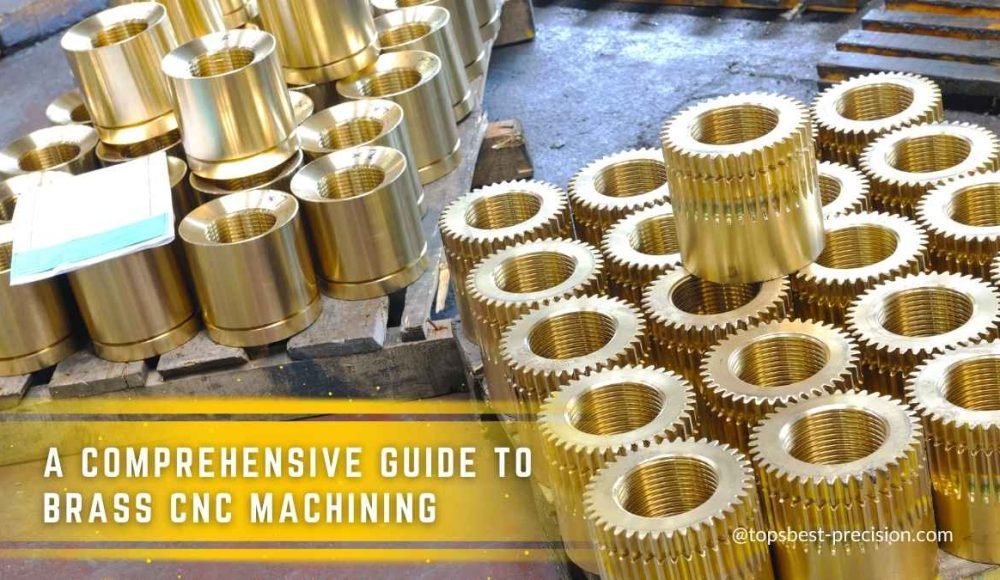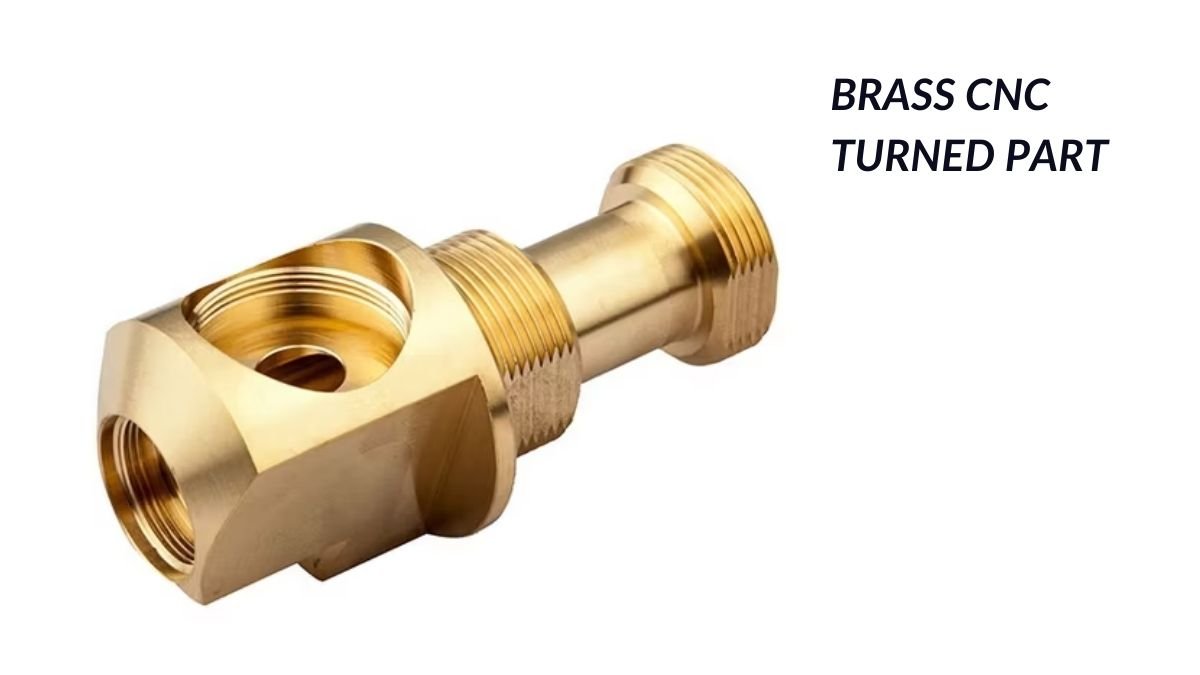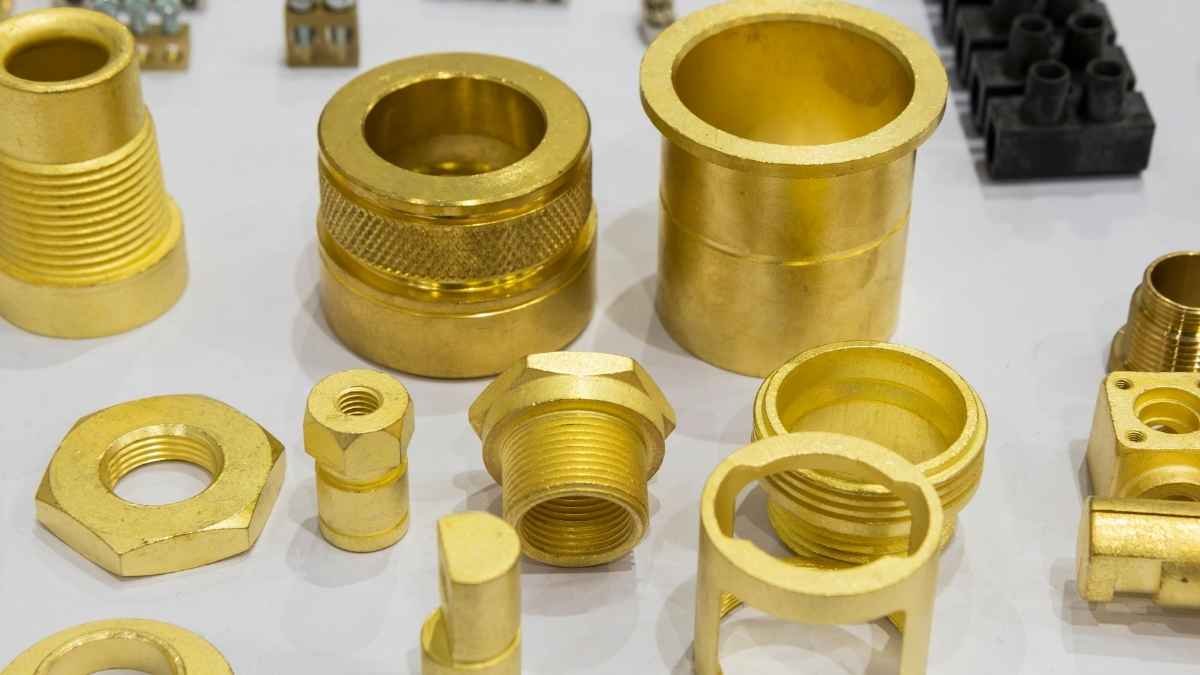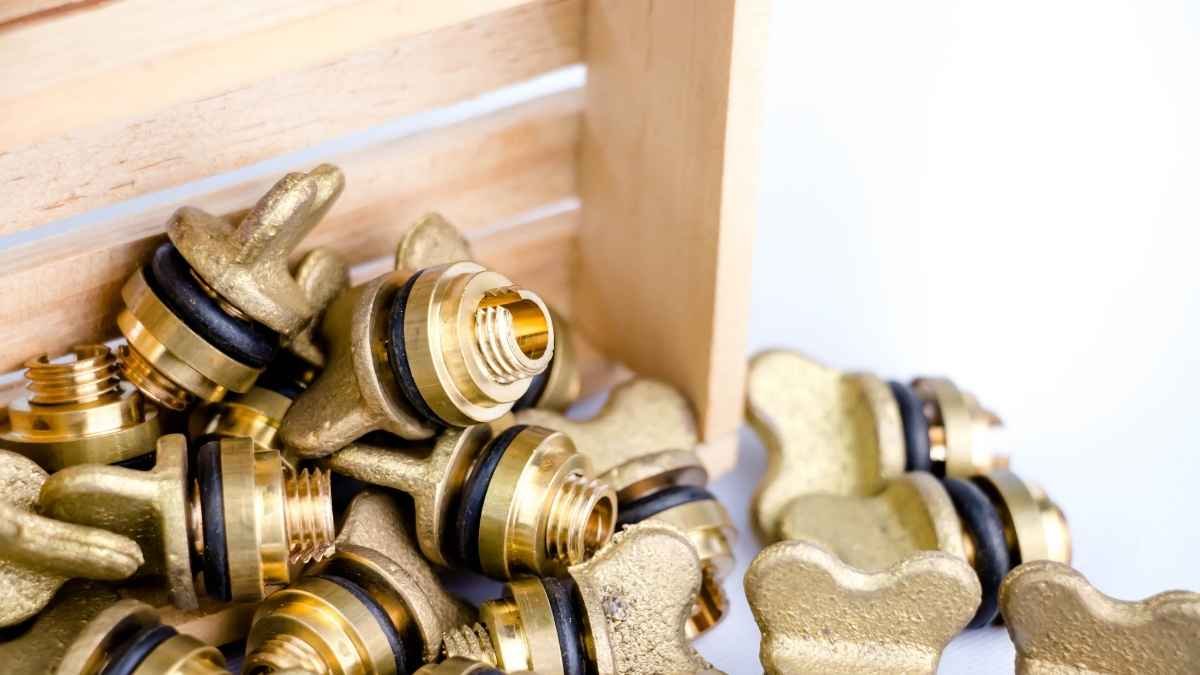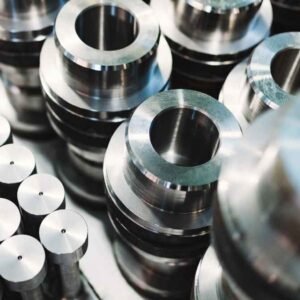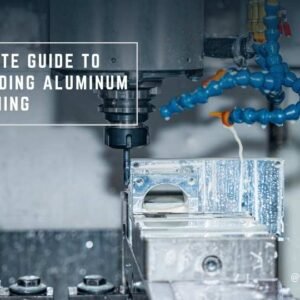Brass CNC machining is a popular method for precision manufacturing. It allows for high-quality, detailed parts with excellent durability. CNC machines use computer control to create exact designs from brass material. This process offers consistent results and minimizes human error.
What Is Brass CNC Machining?
Brass CNC machining uses computer-controlled machines to turn brass into valuable parts. The process involves CNC cutting, drilling, and milling brass material into precise designs. CNC stands for Computer Numerical Control, meaning the machine follows programmed instructions. So, automated operation ensures high accuracy, repeatability, and fast production.
Why Choose Brass for Your CNC Productions?
Brass opts for various machining applications for its astonishing characteristics:
Durability and Strength of Brass
Mostly, brass is distinguished for its amazing wear resistance, which makes it ideal for use in CNC productions. It is durable and capable of withstanding tough use in the course of its operation. Unlike many other metals, brass does not wear out fast. This means your parts will last long. So, brass strength makes it a perfect material for both use in rigorously technical applications, and heavy-duty applications.
Excellent Machinability
Brass is easy to fabricate. Moreover, it can be easily carved, milled, and drilled but it does not blunt tools too quickly. Moreover, the manufacturers can create intricate designs without consuming much time thus reducing the time that the machines spend idle.
Corrosion Resistance
Of all the properties that come with brass, self-cleaning is apparent. It does not corrode over time. Regardless of the environment in which is exposed to air, moisture, or even chemicals, brass holds its strength and surface finish. Moreover, its corrosion resistance makes it ideal for parts typically used in automobile, aircraft industries, and marine duties. Brass machined parts do not merely function effectively as intended but also for as long as they may be operating in a tough setting.
Aesthetic Appeal
Brass has a rich goldish color that gives the product a polished finish in natural originality. The aesthetic property is one of the major reasons that many industries prefer brass, especially for luxury items. As a result of the lustrous finish, this material finds application in areas where not just functionality but aesthetic value is considered.
Versatility in Applications
Brass CNC machining is highly flexible, and the material is suitable for many varieties of machining. In every detail, brass has excellent flow qualities, from precision parts, valves, and fittings to decorative items, and simply shaped handles. Additionally, brass is used in different fields like electronics, plumbing, and jewelry, making it a preferred choice in any field today.
Cost-Effectiveness
Brass is quite affordable, even though it possesses several premium characteristics. For instance, it is cheap, and can easily form into durable parts reducing the cost of production. In addition, fewer tool changes, less time requiring machining, and longer-lasting parts are simple ways of cutting long-term costs.
Thermal Conductivity and Electrical Properties
Brass machined parts are particularly useful when the metal part requires heat dissipation. Besides, it has relatively good electrical conduct. These properties make brass dependable for heat-sensitive as well as electrical uses.
Design Considerations for Brass CNC Machining
For machining brass, must follow considerations involves:
Selecting the Right Brass Material
Determining the right type of brass to be used in a project is utmost. Brass properties vary with the type of alloys to be used; strength, machinability, and corrosion resistance. The choice of material must depend on the specific requirements of a particular application for instance whether the material demands great durability or a perfect glossy exterior. Correct decision-making protects the quality and durability of the finished product.
Understanding Your Design Requirements
Every successful CNC machining process has to be backed up by a proper design. Know how involved your role and the amount of information involved in your design. Additionally, it’s necessary to consider complexity at the early stage because detailed designs may require specific tools or approaches, and longer machining time. Moreover, it will control for deviations between your design and your machining capacity to prevent errors.
Precision and Tolerance
High accuracy is required for brass CNC machining. Establish the necessary tolerances for the project at hand and ask yourself if your CNC machine is capable of providing such tolerances. However, producing the products may take longer or need more inspection to maintain close or near exact tolerances. Accuracy reduces costly mistakes and minimizes rework.
Tooling Selection
The right selection of tooling decides the success of your brass machining project. In this aspect, tool material, tool coating, and tool geometry must be taken into account for improving performance and tool durability. In fact, brass is relatively easier to work with but can be more difficult if the wrong tools are employed, because, brass is softer than steel. So, tooling plays a crucial role in cutting and minimizing tool wear.
Cooling and Lubrication Needs
Machining brass can be problematic because the material generates heat generation and can lead to situations like the wear of tools, and deformation of the workpiece. Appropriate beat control and/or misting also assist in regulating heat and subsequent smooth end product surface. In addition, It is advisable to use water-soluble or oil-soluble coolants for maximized results, depending on the brass alloy types available.
Machining Speeds and Feeds
The choice of speed and feed you make when carrying out CNC machining determines the end quality of brass parts. The higher cutting speeds may increase the cutting rate but result in low surface quality. While the slow feed rates help improve the surface finish but may be disadvantageous as it takes a longer time to machine.
Typical Applications of Brass CNC Machining
Brass-machined products are used in many industrial settings:
Automotive Industry
Brass CNC machining supplies high-quality automotive parts. It is widely applied for creating valves, fittings, and connectors to engine and body assemblies. Brass increases the reliability of components in fluid, high temperature, and pressure as a result of its strength and resistance to corrosion.
Aerospace Industry
The aerospace industry demands reliable parts. Brass machining provides this reliability in terms of efficiency, and strength. In aircraft fittings, connectors, and fluid systems, brass components are widely applied because of their high stress and temperature characteristics. In addition, CNC machines deliver precision to allow for the close tolerances required on these parts to support the safety of components in aerospace applications.
Electronics and Electrical Industry
Components like connectors, switches, and terminals used in electronics and electrical industries are made through brass CNC machining. Due to good electrical conductivity and ease of machining, brass has a relatively higher tolerance for complex geometries. Circuit performance is sustained for a long due to the high endurance of the material and accuracy from the CNC machining for the right tolerance.
Plumbing Industry
Brass is used in products such as faucets, valves, and pipes typically used in plumbing. The fabrication of these parts can be achieved through CNC machining which gives precise manufacturing and leak-proof quality products. Water and many chemical solutions do not harm brass; making it an ideal candidate for plumbing systems.
Marine Industry
In the marine industry, brass CNC machining is employed to produce parts with anti-corrosive characteristics such as pumps and valves, marine accessories, etc. These components have high durability against seawater and environmental factors. CNC technology ensures that the precision is needed for parts to function efficiently in the harsh marine environment.
Jewelry and Decorative Items
CNC machining brass provides maximum accuracy for the detailed work; common in jewelry and decorative niches. Its warm golden color gives a luxurious feel, but its ability to be easily machined means intricate engravings can be made in rings, necklaces, and more. CNC technology gives good consistency and fine control over the workpiece, thereby suitable for both volume manufacturing and prototyping.
Conclusion
Brass CNC machining offers numerous advantages across a variety of industries, from automotive to aerospace. Its durability, corrosion resistance, and excellent machinability make it a top choice for producing high-quality, reliable components. The precision and flexibility of CNC technology allow brass parts to meet exact specifications, whether for intricate designs or high-performance applications. By understanding its benefits and considering key factors like material choice, tooling, and machining techniques, your business can achieve successful outcomes and improve product longevity. As industries continue to rely on precision engineering, brass CNC machining remains a crucial part of modern manufacturing.

